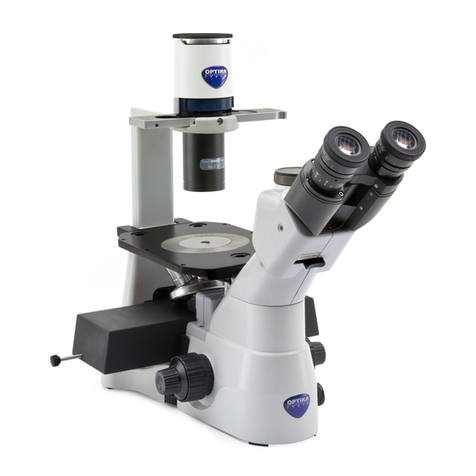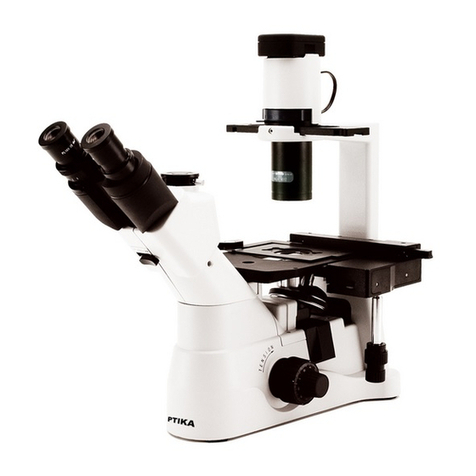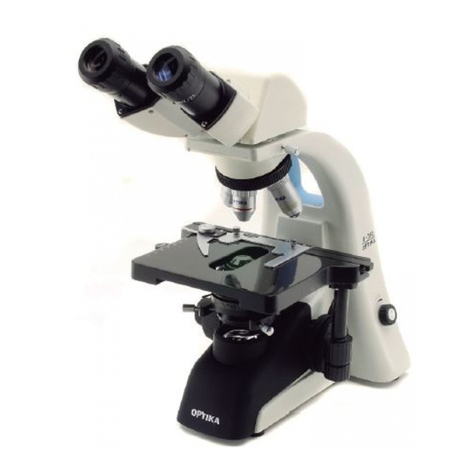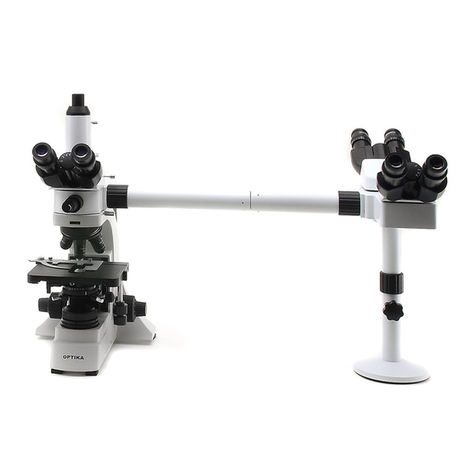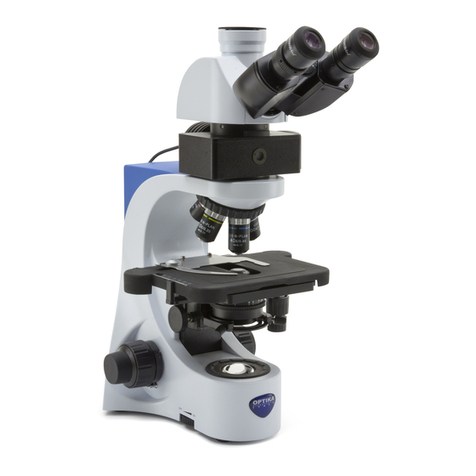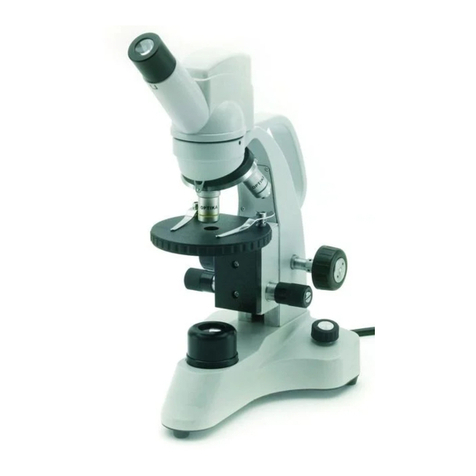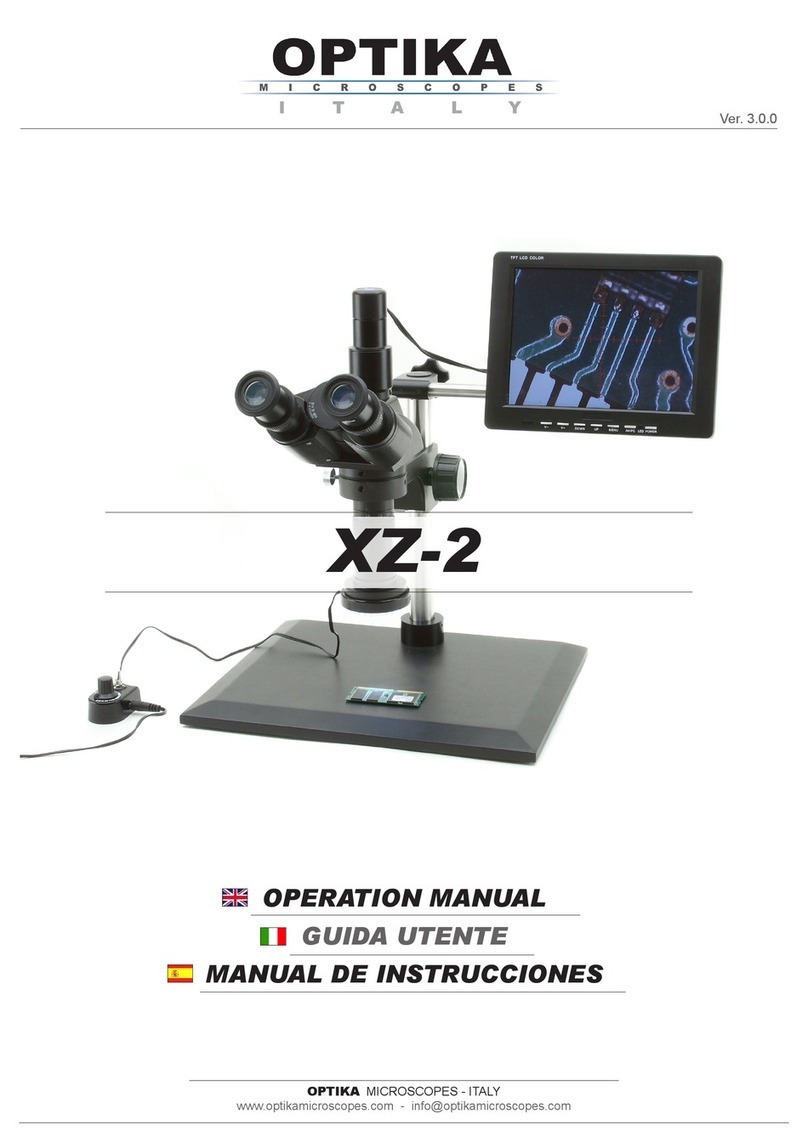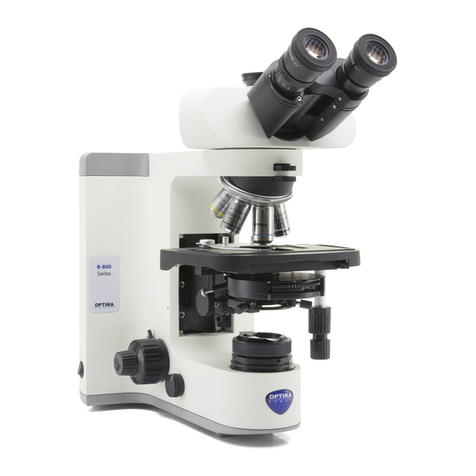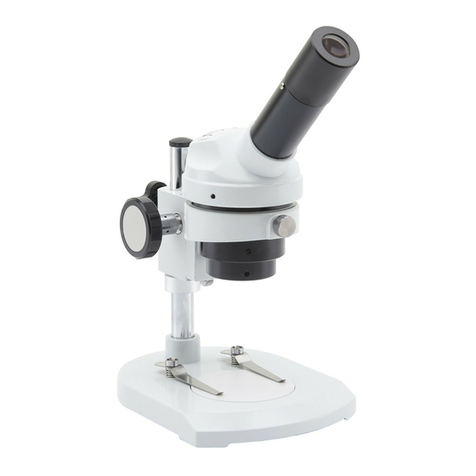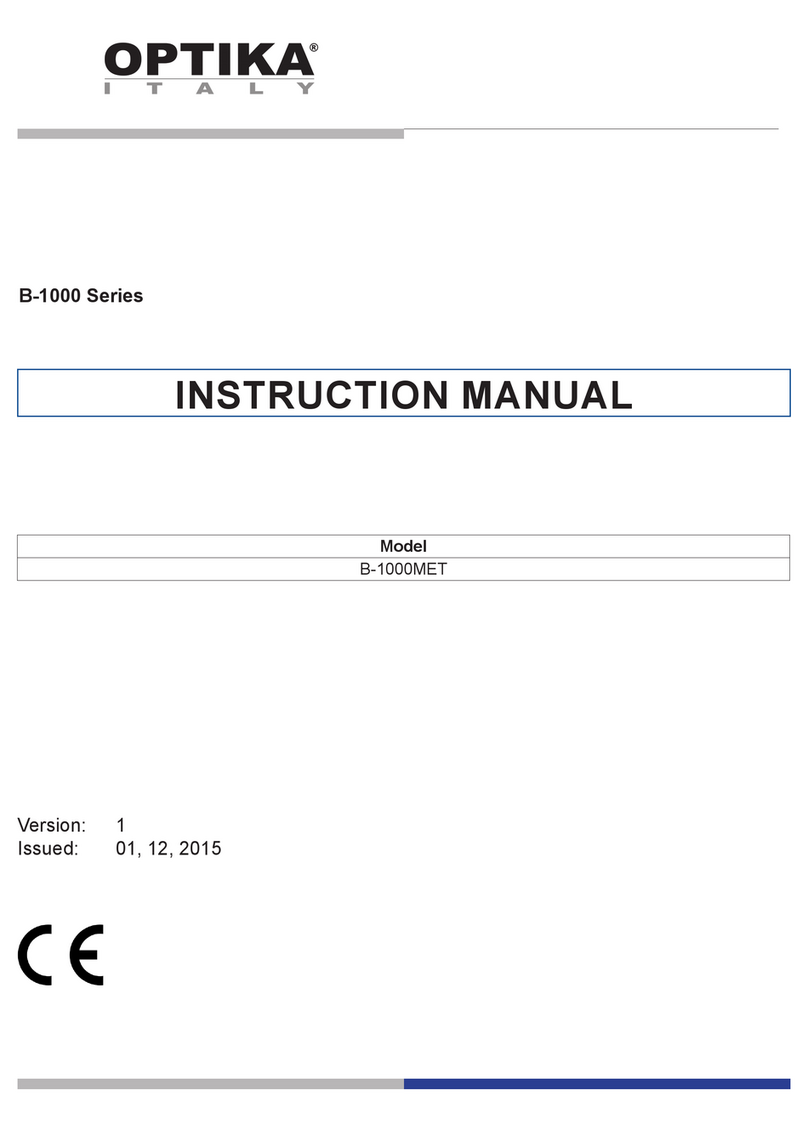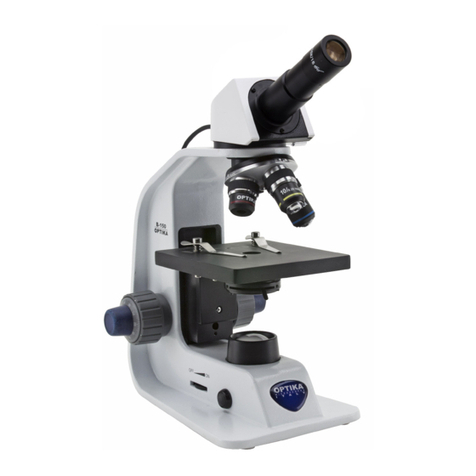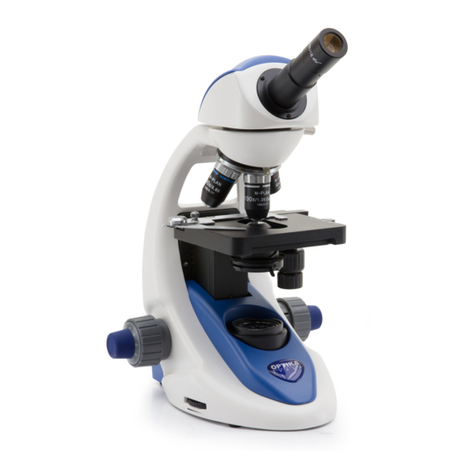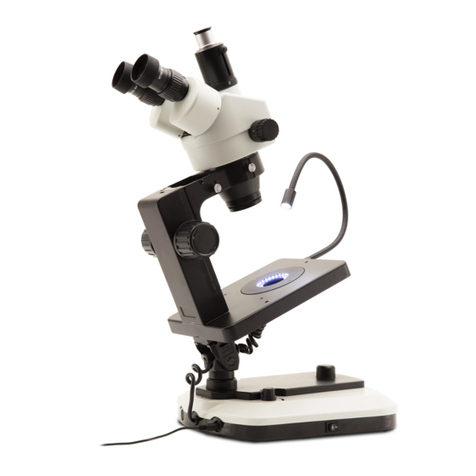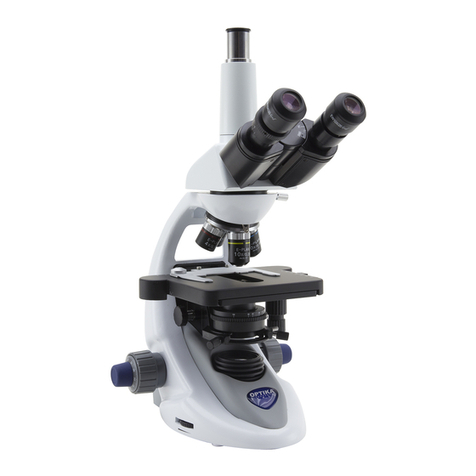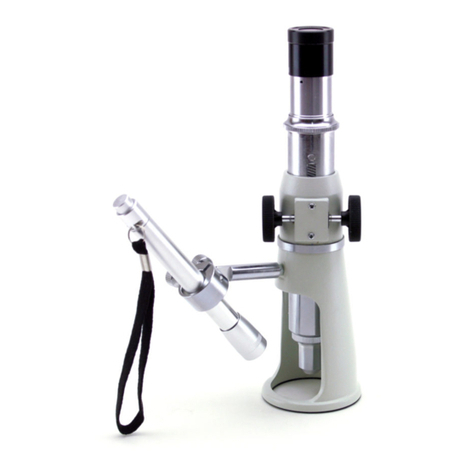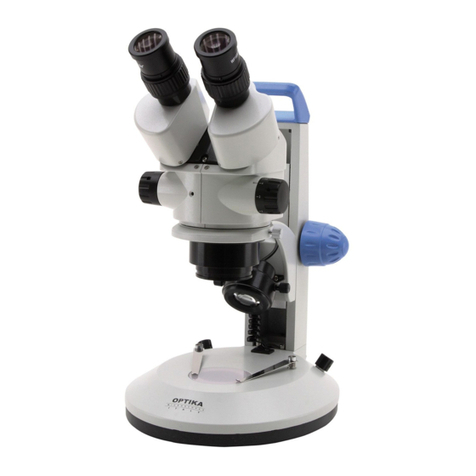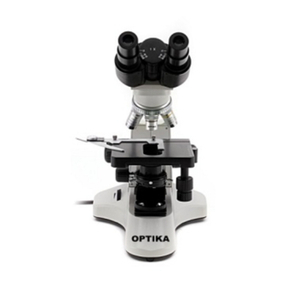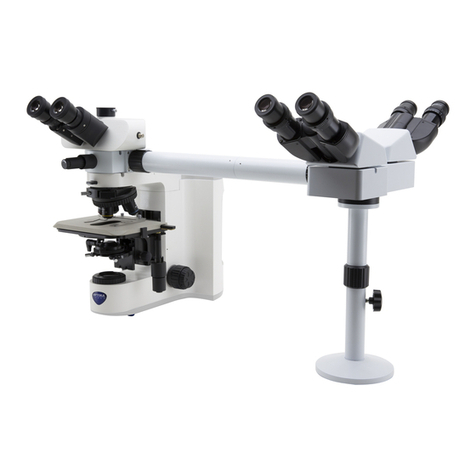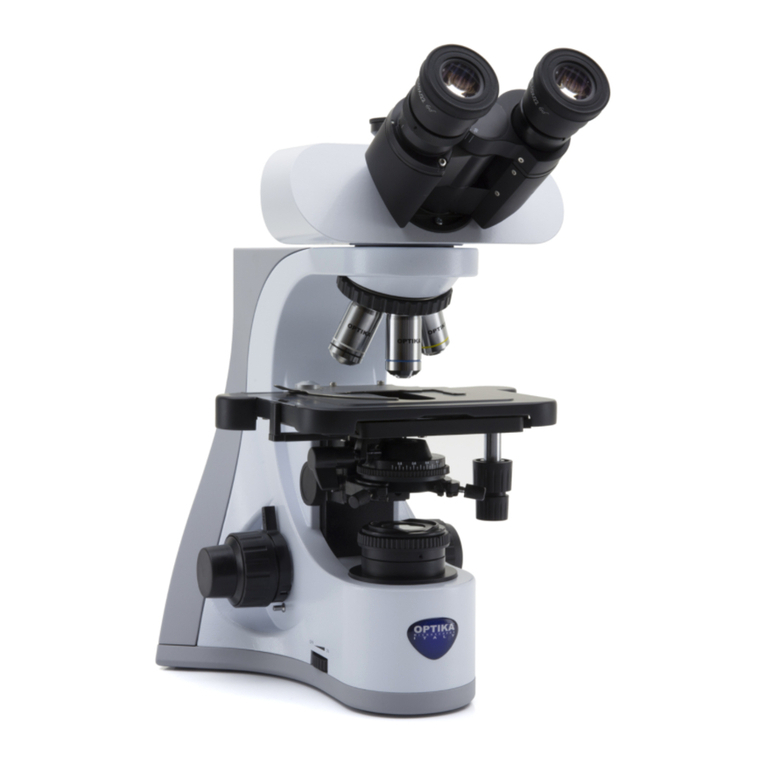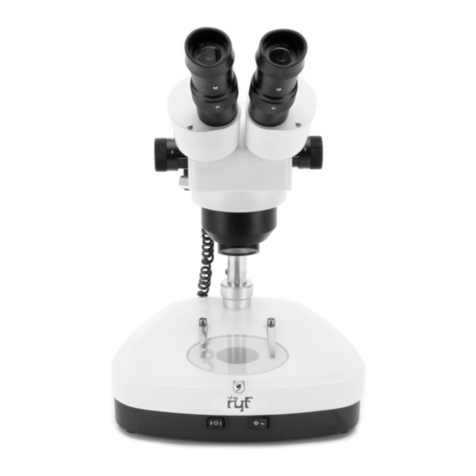
Page 3
1. Warning
This microscope is a scientic precision instrument designed to last for many years with a minimum of maintenance. It
is built to high optical and mechanical standards and to withstand daily use. We remind you that this manual contains
important information on safety and maintenance, and that it must therefore be made accessible to the instrument users.
We decline any responsibility deriving from incorrect instrument use uses that does not comply with this manual.
2. Safety Information
Avoiding Electrical Shock
Before plugging in the power supply, make sure that the supplying voltage of your region matches with the operation voltage
of the equipment and that the lamp switch is in o position. Users should observe all safety regulations of the region. The
equipment has acquired the CE safety label. However, users have full responsibility to use this equipment safely. Please
follow the guidelines below, and read this manual in its entirety to ensure safe operation of the unit.
3. Unpacking
The microscope is housed in a moulded Styrofoam container. Remove the tape from the edge of the container and lift the
top half of the container. Take some care to avoid that the optical items (objectives and eyepieces) fall out and get dam-
aged. Using both hands (one around the arm and one around the base), lift the microscope from the container and put it
on a stable desk.
Do not touch with bare hands optical surfaces such as lenses, lters or glasses. Traces of grease or other
residuals may deteriorate the nal image quality and corrode the optics surface in a short time.
4. Intended use
Standard models
For research and teaching use only. Not intended for any animal or human therapeutic or diagnostic use.
5. Symbols and conventions
The following chart is an illustrated glossary of the symbols that are used in this manual.
CAUTION
This symbol indicates a potential risk and alerts you to proceed with caution.
ELECTRICAL SHOCK
This symbol indicates a risk of electrical shock.

